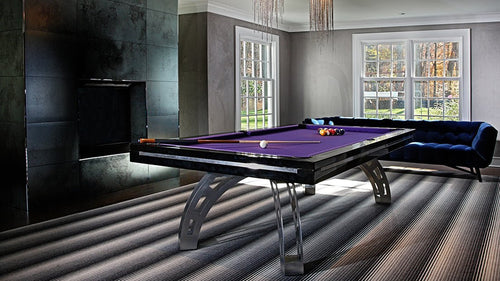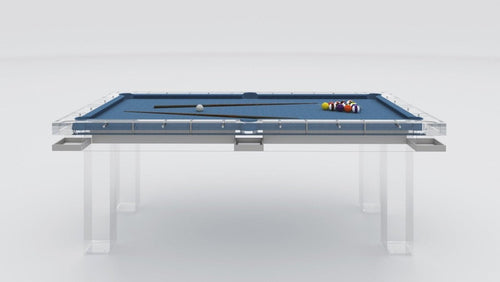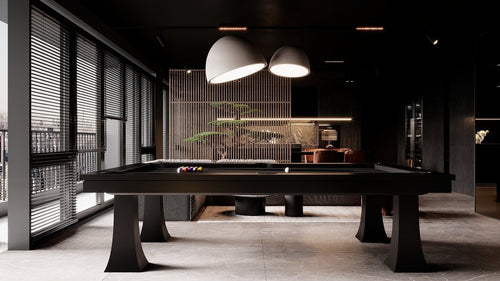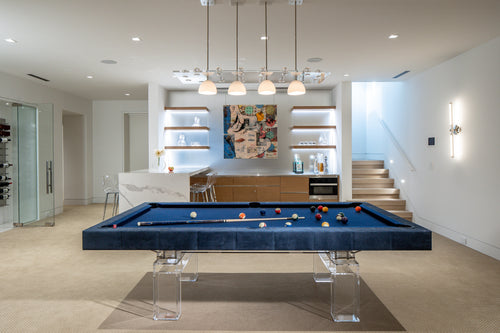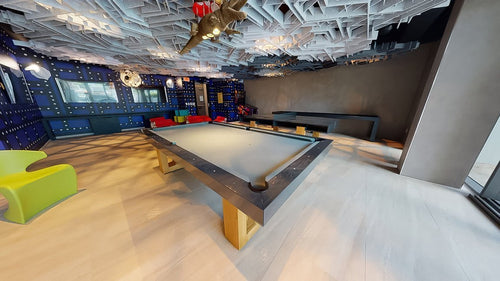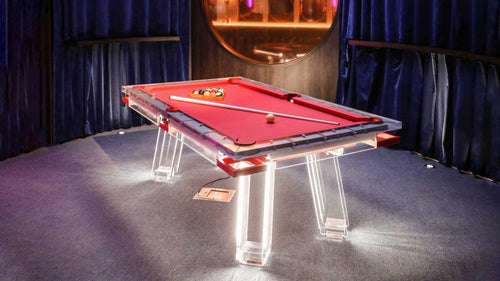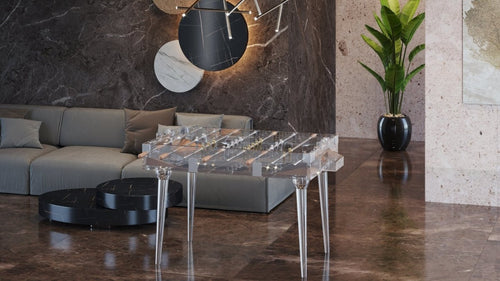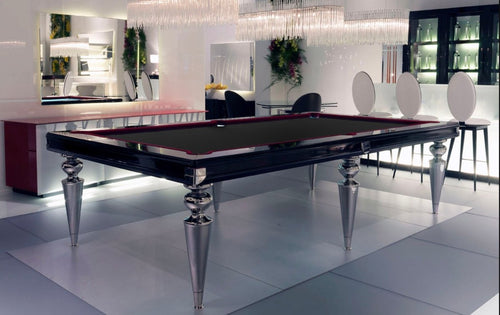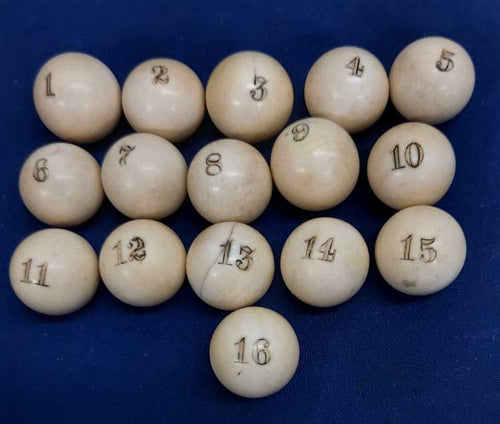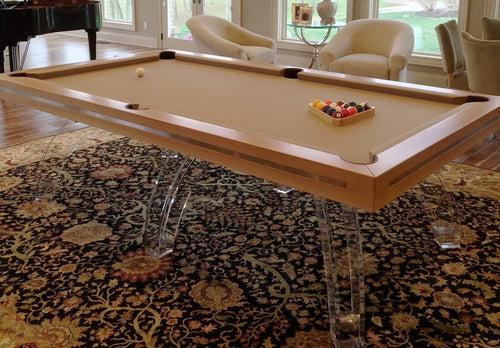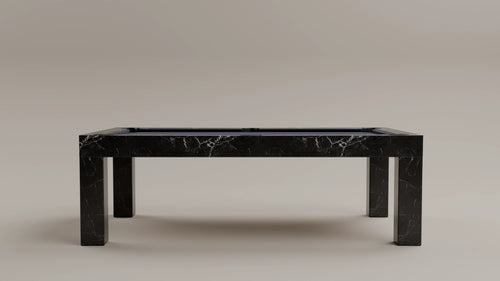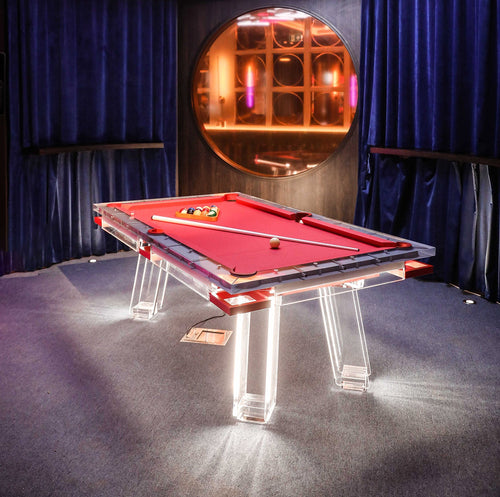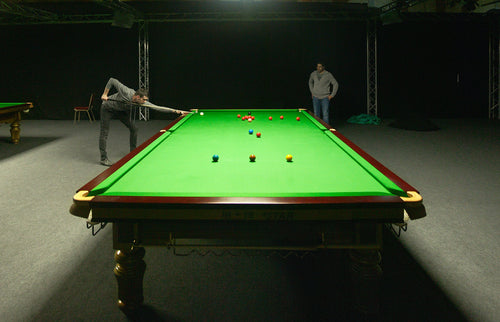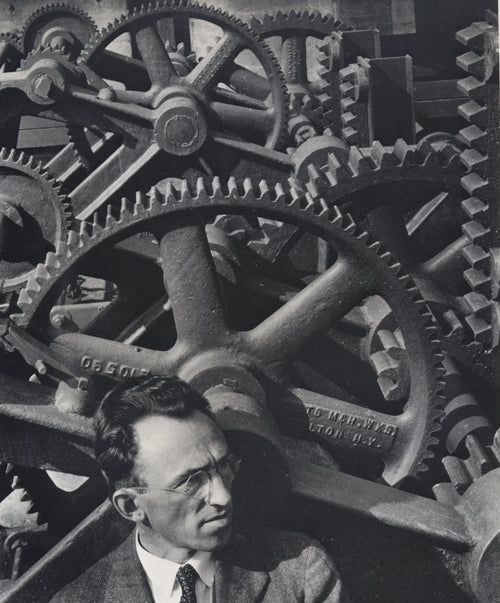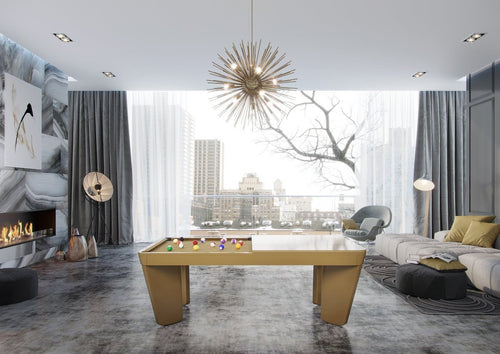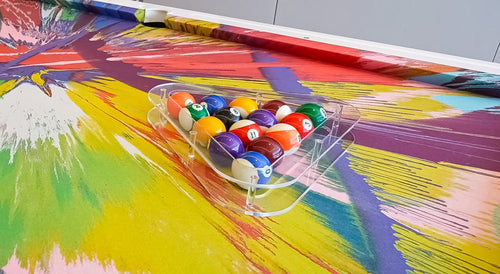Enjoy our modern designs
Estimated Read Time: 8 mins |
The Jacobean era in England (1603–1649), encompassing the reigns of James I and Charles I, marks a significant phase in the Renaissance's diffusion beyond Italy. It follows the Elizabethan period and bridges to the later English Baroque, representing a move from hybrid medieval-classical blends to a more refined and structured application of High Renaissance principles.
Renaissance Influence and the English Context
Renaissance ideas moved into England both directly and indirectly: through individual travelers returning from Italy, the import of printed architectural treatises, and the increasing trade with continental Europe. While Elizabethan architecture had already begun embracing classical symmetry and Italianate detailing, the Jacobean period brought a sharper, more consistent adoption of High Renaissance ideals.
Inigo Jones and the Rise of Classicism
A pivotal figure in Jacobean architecture and interior design was Inigo Jones (1573–1652). His exposure to Italian architecture, including Palladio's work, reshaped the English design vocabulary. Appointed royal surveyor in 1615, Jones was instrumental in introducing Italian classicism into English architecture.
- Banqueting House, Whitehall (1619–22): A landmark Jacobean building, the Banqueting House showcases Jones’ mastery of Palladian elements. Its galleried and symmetrical hall features Ionic half-columns supporting Corinthian pilasters. The painted ceiling by Rubens adds to its Italianate grandeur.
- Wilton House Rooms (1648–50): Alongside John Webb, Jones designed the ornate state rooms known as the Single Cube and Double Cube Rooms. These interiors feature gilded carved ornaments, garlands, fruit clusters, and simulated drapery, with coved ceilings bearing painted panels and elaborate stucco.
Hallmarks of Jacobean Interiors
Jacobean interiors were defined by a distinct richness and formality. This period witnessed a transformation from the medieval hall into elaborately decorated reception spaces:
- Hatfield House (1608): The Marble Hall exemplifies Jacobean magnificence. Richly carved wood paneling, a painted plaster ceiling, and contrasting tapestries mark the evolution from castle-like austerity to Renaissance elegance.
- Color and Ornament: Ceilings often used plaster or stucco and featured ornate patterns or painted panels. Walls were either wood-paneled or hung with tapestries. Furniture grew increasingly elaborate, with dark carved woods, bulbous legs, and heavy proportions.
Furniture and Decorative Arts
Jacobean furniture moved from the simpler designs of the early English Renaissance to bolder, more intricate creations. Pieces were typically constructed of oak and featured:
- Turned legs and stretchers
- Geometric paneling
- Carved decorative motifs, including floral and strapwork patterns
Despite its elaboration, Jacobean furniture retained a functional robustness and typically appeared in large-scale forms suited for grand interiors.
Political Interruption and Legacy
The Jacobean style's progression was halted by the Puritan-led Commonwealth government (1649–1660), which suppressed the opulence associated with royal courts. After the Restoration, English design resumed its decorative trajectory, increasingly influenced by French and continental Baroque.
In conclusion, the Jacobean interior reflects England's maturation of Renaissance principles into a uniquely English expression. It embraced classical order while cultivating rich ornamentation and grandeur, laying the stylistic foundation for later developments in English Baroque and neoclassicism.



